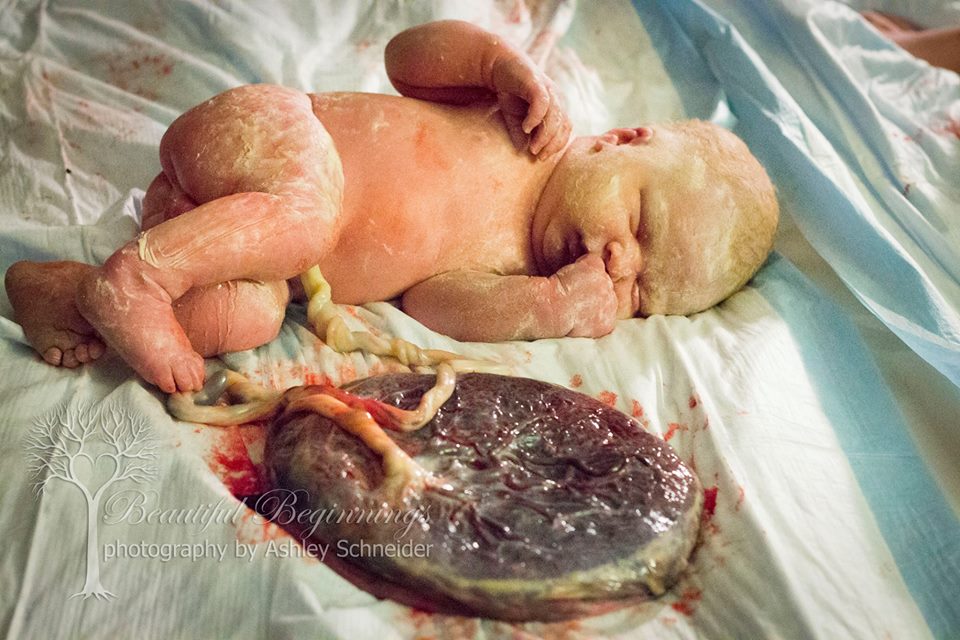Eating your placenta, or afterbirth, is called placentophagy, and while it’s not a new idea, it’s been getting a lot of buzz lately.
Placenta, after sustaining life in the womb, is a waste product from childbirth, so it makes one wonder why people would choose to eat a raw human placenta.
In theory, eating placentas seems to make some sense. After all, the placenta is an unborn baby’s power pack, providing the fetus with all the vitamins, minerals, and nutrients — not to mention oxygen — to grow from just a few cells to a full-fledged tiny person.

The placenta is also loaded with iron and vitamins B6 and B12, as well as estrogen and progesterone, both important postpartum hormones.
Those who practice this say that eating the placenta can protect against postpartum depression (PPD)— but only if you eat your own (never eat another woman’s since there’s a risk of disease).
There is also a finding that most other mammals routinely eat their afterbirth.
Women then consume the raw placenta because it could provide just what the mother needs as she recovers from childbirth and begins breastfeeding.
Some women are opting to drink the placenta in a fruit smoothie within hours of giving birth. Some keep it cool and send it off to be made into capsules.
A few small studies have connected placenta-eating with increased breast-milk supply and pain relief (pain relief only in rats). But no studies have looked at the possible risks, if any, of ingesting human tissue.
In the case of some pregnancy conditions — preeclampsia, for example — the placenta may harbor stress proteins. No one really knows what effect, if any, these proteins have if you consume them.
The bottom line: Overwhelmingly, mainstream medical experts believe that there’s just no proven reason to eat your afterbirth.

Follow Safe Practices
Once you have your placenta, it’s better to freeze it or cook it right away, since like any “meat,” placenta can spoil. Some new moms hire professional placenta preparers (many midwives now know how to prep placenta, too), who dehydrate the afterbirth, grind the dried meat into a powder, and turn the powder into pills that can be swallowed daily. If you go this route, make sure no other herbs or unknown ingredients are added to the mix. Other mothers with stronger stomachs cut the membranes (the thin layer of tissue) away from the placenta, then cook it like any other type of meat: in stews, spaghetti sauces, chili, or patties. Or you can make a smoothie with a frozen placenta.
Monitor yourself. No matter how you decide to dish up your placenta, stop taking the pills or eating the meat if you feel sick after ingesting it. And if you do experience PPD, don’t wait around for the “magic” of the placenta to kick in — talk to your doctor, who may suggest therapy or antidepressants.
Some hospitals may not allow you to take it or eat it. So if you’re considering it, ask ahead of time about their policy.
H/T: Healthjourno
For story submissions and inquiries, please email us at citypeopleonline96@gmail.com

